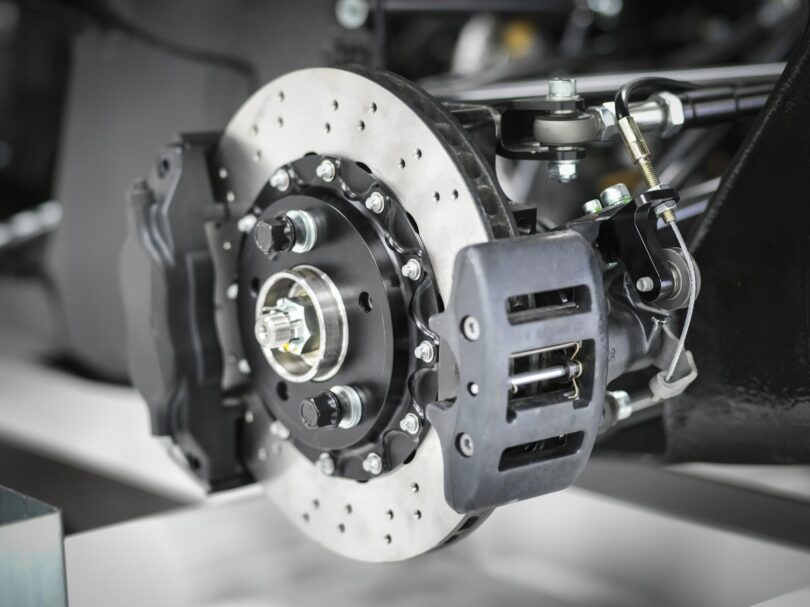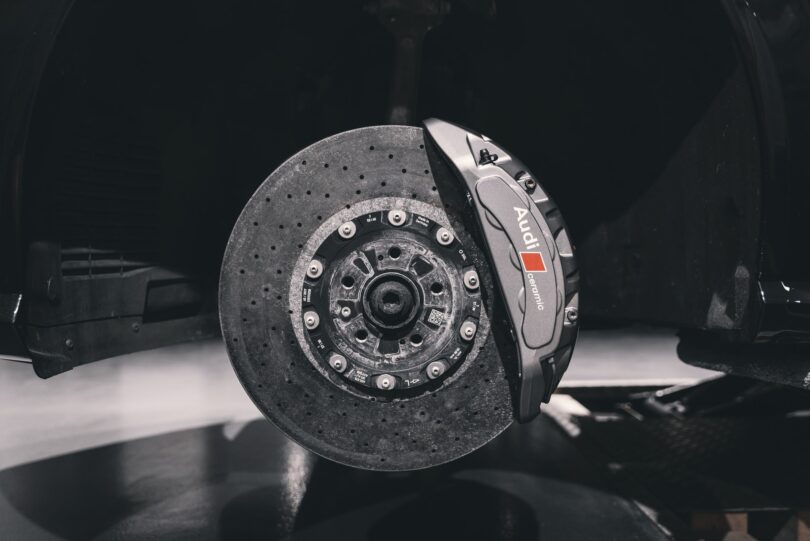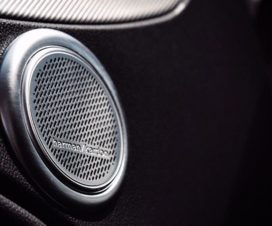 |
The brake kit is an essential element of your car. It consists of the elements that are located inside the brake drum (brake shoes and wheel cylinder). The brake kit should be checked fairly regularly, respecting the replacement periods recommended by the car manufacturer. Companies, like brakes-shop.com, will give you guidance on proper brake maintenance. It is a vital part of your car and insures your safety, and that of others.
What is a brake kit?

Source: caranddriver.com
- The brake kit is placed inside the brake drum. It consists of two-wheel cylinders, a set of 4 brake shoes and an automatic or manual spring adjuster.
- The brake booster will pressurize the brake fluid that comes out of the master cylinder and circulate through the brake hoses, the fluid will push the wheel cylinder pistons that will spread the brake shoes to create friction inside the brake drum.
- The adjustment system holds the brake shoes in place, which will rub the inside walls of the brake drum, causing the vehicle to slow or stop.
- For parking brake operation, the brake shoes are connected to the car’s hand brake cable.
There are two types of brake kits:
- Pre-assembled brake kit: all components of the kit are already assembled (faster assembly) cheaper labor cost.
- Non-pre-assembled brake kit: all the components have to be assembled (more expensive labor cost).
Types
According to their use, we find the following brake kits:
- Standard: it is a good replacement for the original parts. They restore the performance of the braking system.
- High performance: they are intended for sport driving enthusiasts. These parts are designed for high stress. They are often installed when tuning the braking system, as they allow the adjustment of the system parameters.
How to choose your brake kit:

Source: strikeengine.com
Depending on the model of the vehicle, the brake kits have a different shape of shoes and wheel cylinder which depends on several criteria: thickness, width, height which changes according to the braking system of the vehicle. To identify the right kit, you have to consider all these technical criteria or compare directly with the brake kit mounted on your vehicle.
Thanks to the vehicle search module, by choosing the make, model, year, and engine of your car you can select the brake kit compatible with your model.
Why change a brake kit:
A failing brake kit has several symptoms:
- Frictional noise in the brake drum when braking.
- The applied handbrake no longer holds the vehicle because of worn shoe linings or worn hand brake cable.
- When you press the brake pedal, the stroke becomes longer.
- If you notice that the wheel cylinder is seized.
- If there is an oil leak from the wheel cylinder, that will prematurely wear out the brake shoes.
- Worn shoes that no longer perform the friction with the brake drum during braking.
Tips for use
Always follow the instructions and use the proper tools when installing brake kit parts. Installation errors cause many problems and can even result in total brake failure. It is also important to lubricate the caliper guide pins from time to time.
It is necessary to regularly inspect the components of the brake system. If you find any leaks, immediately perform a system diagnosis to find the cause and repair the issue. You should also check the thickness of the brake pads and rotors. Remember, no pastes or lubricants should be used on the friction surfaces of the components. Also, when using standard kits or factory-installed parts, you should avoid driving aggressively, or the brakes may overheat and become damaged. You can also install a high-performance brake kit, which contains parts that retain their properties even at extremely high temperatures.
Signs of malfunction

Source: unsplash.com
If the car pulls to one side when braking, this can be a symptom of various faults: worn or dirty brake pads, deformed or scratched brake discs, deformed calipers, seized guide pins or pistons, brake fluid leakage from the working cylinder, damaged or blocked hoses. Abnormally long brake pedal travel (“soft” or “spongy” brakes) is often the result of a leak in the brake system, such as damaged hoses or seals on the pistons and work cylinder. Squealing or squeaking can indicate damaged friction moments. If you need to use less effort to depress the pedal and engage the brakes, it may mean that there is air in the system. On the other hand, if the effort required is greater, the caliper piston may be blocked. A burning smell is another indirect sign that caliper pistons or guide pins are seized, while overheating of the brake disc is a common symptom of a locked wheel hub bearing.
Causes of Malfunction
Brake kit components can fail if you don’t maintain your brakes regularly. For example, if you don’t grease the guide pins or replace the dust boots, it will cause the brake caliper to lock up, resulting in uneven wear of the brake discs and pads and poor braking performance. Contaminated brake fluid causes deposits to build up in the system, damaging hoses and seals and resulting in piston lock-up. Aggressive driving can cause the brakes to overheat.
Replacing a brake kit
Caution: If the brake kit is incorrectly installed, the vehicle will no longer brake. The operation of changing a brake kit must be carried out by a professional at the risk of damaging the braking system. When replacing a brake kit, you must bleed the hydraulic brake system by pressing the brake pedal repeatedly until the pedal hardens. It is necessary to replace the handbrake cable on the shoe and to adjust the reset of the drum brake system. These are driving safety elements which can be dangerous if not done properly.
Disassembly of a brake kit:
- Release the hand brake.
- Raise and secure the vehicle.
- Remove the wheel.
- Remove the protective cover that is attached to the center of the brake drum.
- Loosen the brake drum retaining nut.
- Remove the brake drum.
- Mark the positions of the brake kit parts before disassembly.
- Remove the brake shoe retaining clamps from the flange.
- Use a screwdriver to spread the brake shoes and remove them.
- Caution: the brake shoes remain attached to the springs and the hand brake cable.
- Use pliers to uncouple the handbrake cable.
- Remove the brake shoes from the flange.
- Disconnect the line from the wheel cylinder.
- Drain the brake fluid.
- Remove the wheel cylinder mounting.
- Remove the wheel cylinder.




